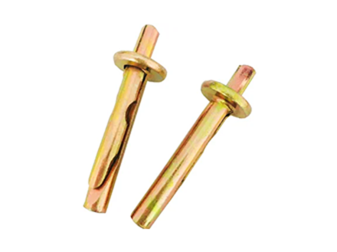Nov . 04, 2024 18:25 Back to list
metric hex nuts
Understanding Metric Hex Nuts An Essential Component in Fastening Technology
In the world of engineering and construction, every component plays a critical role in ensuring the integrity, safety, and functionality of structures and machinery. Among these components are hex nuts, especially metric hex nuts, which are essential fasteners used in various applications. This article explores the significance, characteristics, and applications of metric hex nuts.
What Are Metric Hex Nuts?
Metric hex nuts are polygonal fasteners with six sides designed to fit onto the threads of a bolt or screw. Their primary purpose is to secure objects together by providing a complementary surface that allows for tightening against a bolt. The ‘metric’ aspect refers to the size and standards used in the metric system, providing precise measurements that ensure compatibility with other metric components.
Specifications and Standards
Metric hex nuts are categorized by various specifications, including thread pitch, width across flats, and material composition. Common materials include stainless steel, carbon steel, and brass, each offering different mechanical properties. For instance, stainless steel hex nuts are known for their corrosion resistance, making them ideal for outdoor applications or environments exposed to moisture.
metric hex nuts

The dimensions of metric hex nuts are standardized according to ISO (International Organization for Standardization) and DIN (Deutsches Institut für Normung) guidelines. These standards ensure that metric nuts fit seamlessly with corresponding bolts and screws, which is crucial for maintaining structural integrity in construction and machinery.
Applications of Metric Hex Nuts
Metric hex nuts are extremely versatile and are utilized across various industries. In the automotive sector, they are integral to assembling vehicles, ensuring that critical components like engines and transmission systems remain securely fastened. Similarly, in the construction industry, they are used to affix beams, frames, and other structural elements.
Moreover, metric hex nuts are prevalent in manufacturing, aerospace, and electronics. In the machinery sector, they play a vital role in settings requiring precise adjustments and secure fittings. For instance, in machinery that undergoes high vibrations, such as conveyors or motors, the reliability of properly tightened metric hex nuts can drastically affect performance and safety.
Conclusion
In summary, metric hex nuts are indispensable fasteners that contribute significantly to the structural soundness and safety of various applications. Understanding their specifications, standards, and applications is essential for engineers, designers, and builders alike. As industries continue to evolve, the role of these simple yet crucial components remains ever relevant, underscoring the importance of precision in fastening technology. Whether in automotive assembly, construction, or manufacturing, metric hex nuts are key players in ensuring that the wheels of industry keep turning smoothly and safely.


